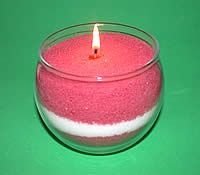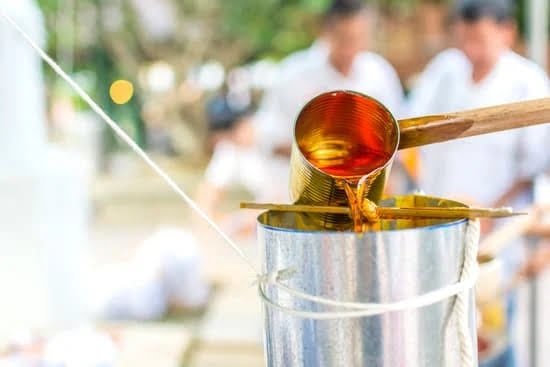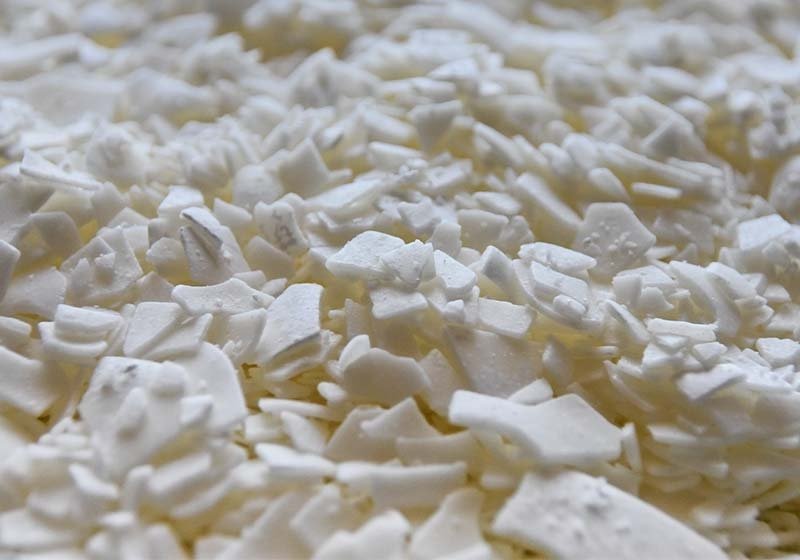Candle making can be a profitable business, but it will take time and effort to make a profit. Typically, a reasonable profit margin falls between 25 and 50 percent. Once you have developed a niche in the candle business and found consumers willing to pay for your products, you should be able to sell your candles at a decent profit margin. If you price your candles properly, you can earn anywhere from $25,000 to $50,000 per year.
Soy wax
Candle makers are looking for a cheaper alternative to beeswax and paraffin. Thankfully, Michael Richards developed a soybean-based wax in 1992 that fills this role. Soy wax is a renewable resource that is produced from soybeans grown in the Midwest. Its benefits to candle makers include increased sustainability and reduced carbon footprint. The wax also has some advantages over beeswax and paraffin.
The costs of soy candles are significantly lower than their retail counterparts. Because soy wax is naturally renewable and biodegradable, it is an excellent choice for many businesses. Candle makers can control costs by determining their target market and using high-quality ingredients. In addition, they can control the cost of some additional materials, such as paper towels and Clorox wipes. While these ingredients aren’t as expensive as soy wax itself, they can add up to hundreds of dollars in materials and labor.
The total cost of making soy candles depends on how many you want to make and the quality of the materials you use. The higher the quality of materials and the larger the candles, the more expensive they are. Shipping costs need to be considered when the ingredients are not locally available. Fixed expenses are more obvious, such as labor and materials, but they should also be considered. There are ways to cut costs and maximize profits without breaking the bank.
Paraffin
The cost of candle making with paraffin can vary greatly depending on how much you plan on selling your candles. The variable expenditure is determined by the size of your candle, the type of materials you use, and the quality of the finished product. Obviously, the more expensive the supplies, the more you have to pay. Additionally, shipping costs must be factored in if you live in a different location than where you plan to sell your candles. The fixed expenditure, on the other hand, is the labor cost.
Paraffin has been used in standard candles for centuries, but it is now getting a bad rap for some consumers. It’s not particularly toxic, and you can easily add scents and colors. However, because paraffin is a petroleum byproduct, it does have some potential health concerns. Some people may opt for an all-natural candle instead, so be sure to do your research. If you’re concerned about the health effects of the wax used, you can always try a different wax.
You can also save a lot of money by making your own candles, as candle wax is much cheaper than store-bought products. But, it’s worth pointing out that the price of the ingredients can be very expensive, so you’ll need to purchase supplies like a double boiler and drying rack to make your own candles. Some suppliers even sell pounds of wax for just $3. For a good deal, you’ll want to choose a wax that will last longer than the others.
Natural alternative waxes
If you’re interested in candle-making, you’ve probably heard of paraffin wax. Many high street brands use this wax, which is made from the leftovers from the oil industry. While it is a cheap and easy choice, paraffin wax has earned a bad reputation among green-minded candle makers. However, this wax contains no toxic ingredients and can be sourced from domestically grown crops. So what is the best alternative wax for candle-making?
Beeswax is another natural alternative to paraffin wax. Beeswax comes from bee hives, so the process is more sustainable. Beeswax candles don’t use petroleum, and beeswax doesn’t off-gas harmful chemicals or gases. On the other hand, beeswax candles are expensive because bee colonies require a lot of care to be sustainable.
Beeswax is the most common alternative wax, and while it’s highly expensive, there are other, cheaper alternatives available. Beeswax is an expensive resource, and candle manufacturers looked for a cheaper, natural alternative. Soy wax was developed in 1992 by Michael Richards, a scientist who didn’t like the environmental impact of paraffin. His creation is still available today, and is often referred to as a natural wax.
Palm wax is another plant-based alternative to soy wax, and it’s used for pillar and votive candles. Its unique crystallized surface finish and excellent color stability make it a popular choice for candlemakers. And it’s available worldwide! While palm wax is the most expensive, it’s also the most environmentally friendly option. When making candles, you’ll want to be aware of where your wax is sourced, and you’ll need to be careful when buying it.
Labeling
To save on costs and minimize time spent on labelling, purchase custom, cut-to-size labels for your candle making products. Choose from premium adhesive paper or waterproof vinyl. Cut-to-size labels are individually cut into squares or rectangles. Standard sizes are available, and you can order a custom-sized candle label if you prefer. Order quantities range from 25 to 100,000 pieces. Custom labels can ship in one business day.
Candle makers should have warning labels for their containers. These labels should be professionally designed and should contain important information about the product’s safety. Some warnings include burn within sight, keep away from combustibles, and children. If you want your candle labels to be unique, contact a label-printing company, such as Axiom Print. They will help you design the label for your candles, which is an excellent way to protect your investment.
If you have a high-volume candle manufacturing operation, you may want to consider a color label printer. These inexpensive machines are flexible and affordable, and they print hundreds of labels per day, as well as one or two for specialty orders. They also produce full-color labels with high-resolution photos and graphics. Some printers even feature a swivel stand. These printers can print full-color labels at 4800 dpi.
Insurance
If you run a candle-making business, you’re probably wondering how much candle making insurance costs. In fact, you should treat this cost as any other business expense. In fact, some policies don’t apply to your type of business, so you’ll need to find an insurance policy that suits your needs. Commercial property insurance will protect your workspace, inventory, and equipment against damage and loss. While it can seem expensive at first, a single lawsuit can pay for the premiums on this insurance policy.
A good insurance policy for a candle-making business should include product liability coverage. It will cover any injuries caused by broken glass or a wick popping while customers are using candle holders. Property insurance will pay for rebuilding costs if something happens to your business’s store. It is crucial to have adequate coverage limits to cover these risks. The following are some tips to help you choose the best insurance policy for your business. Once you’ve selected a policy, be sure to compare quotes from multiple insurance companies.
General liability insurance will protect your business against third-party lawsuits and damages, including medical bills and legal fees. You should also consider purchasing workers’ compensation insurance if you have employees. This policy covers injuries or illnesses to your employees and protects your business from financial losses if an employee suffers an accident while working. In addition to liability insurance, it’s important to get insurance for your inventory. Then, you’ll have peace of mind knowing that your products are protected.
Etsy
Selling candles on Etsy has some unique costs. Depending on the product and the popularity of the listing, you will have to pay a referral fee of 15% or more. The cost of making one candle will be between $3 and $5. The profits from this product will range from $25,000 to $50,000. It will take some time and trial-and-error to get it right. If you’re ready to get started, you can find free recipes online and sell them for profit.
Candles are relatively inexpensive, but shipping them can be expensive, so it’s important to set a reasonable price. You’ll want to keep shipping costs low without scaring away customers. You’ll want to encourage customers to buy multiple candles so they can save money on shipping. You can even rent a storage unit in an air-conditioned building. All of these costs add up, so it can be difficult to make a profit from your candle business.
The cost of candle making supplies on Etsy isn’t very high, and you can usually buy everything you need for less than $100. Depending on what you have at home, you may already have a double boiler and a spatula. You should plan on spending around $1,000 in your first year, but with creative thinking and a little bit of work, you can make much less. You may want to make your candle business more visible to the general public.

Welcome to my candle making blog! In this blog, I will be sharing my tips and tricks for making candles. I will also be sharing some of my favorite recipes.





